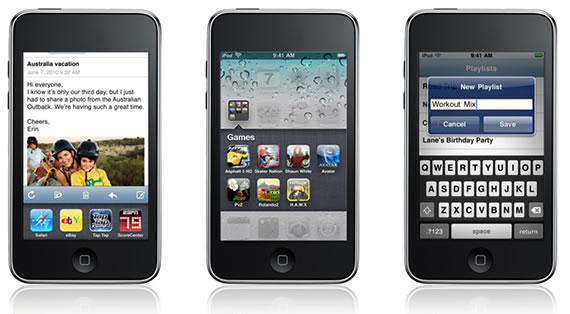Apple's iPhone 4 launch last month has been touted as the single most successful launch in the company's history, with 1.7 million units shipped in just three days. But beyond the numbers the release itself has been marred by a series of issues with the device's wireless reception, which can significantly degrade depending on how users hold the phone. Despite numerous reports, and videos demonstrating the problem, Apple has maintained that there is no problem.
In a series of informal email exchanges with customers, CEO Steve Jobs further exacerbated the matter by telling them to "Just avoid holding it that way" and asking a disgruntled iPhone 4 owner to calm down, claiming "It is just a phone. Not worth it." (Update: Apple denied the latter email was sent by Jobs, but it does seem to have originated from his account. BGR has the details.) Now, with a class action lawsuit pending, Apple has come forward with a formal statement. Their answer? It's not a hardware design issue, just a problem with the algorithm used to calculate bars of reception.

According to Apple, all phones suffer from a certain amount of signal loss when gripped in certain ways. The problem is some iPhones were displaying more bars than they should have, and in fact the attenuation users are seeing is likely because the signal strength in a given area isn't very strong to begin with. In essence the firmware "fix" they are promising will change the way bars are represented to report signal more accurately.
That, however, doesn't explain the related performance problems like dropped calls some users have encountered and how they seem to disappear when using a bumper case or by simply avoid touching the dead spot on its left bottom corner. It looks like we'll have to wait "a few weeks" to see if the update does anything more than just make the signal bars more accurate. Apple also said that customers can return undamaged iPhones within 30 days of purchase for a full refund.